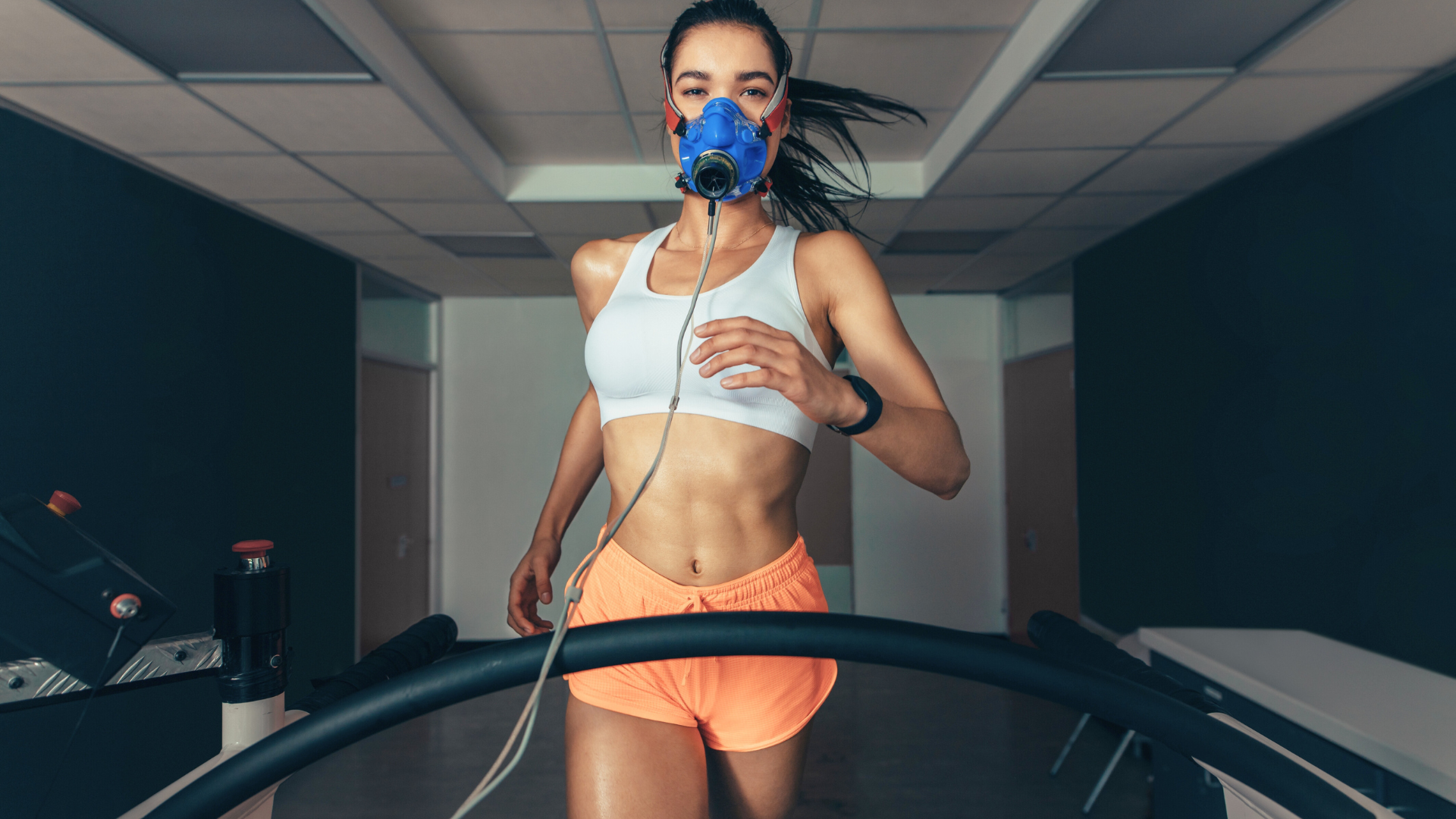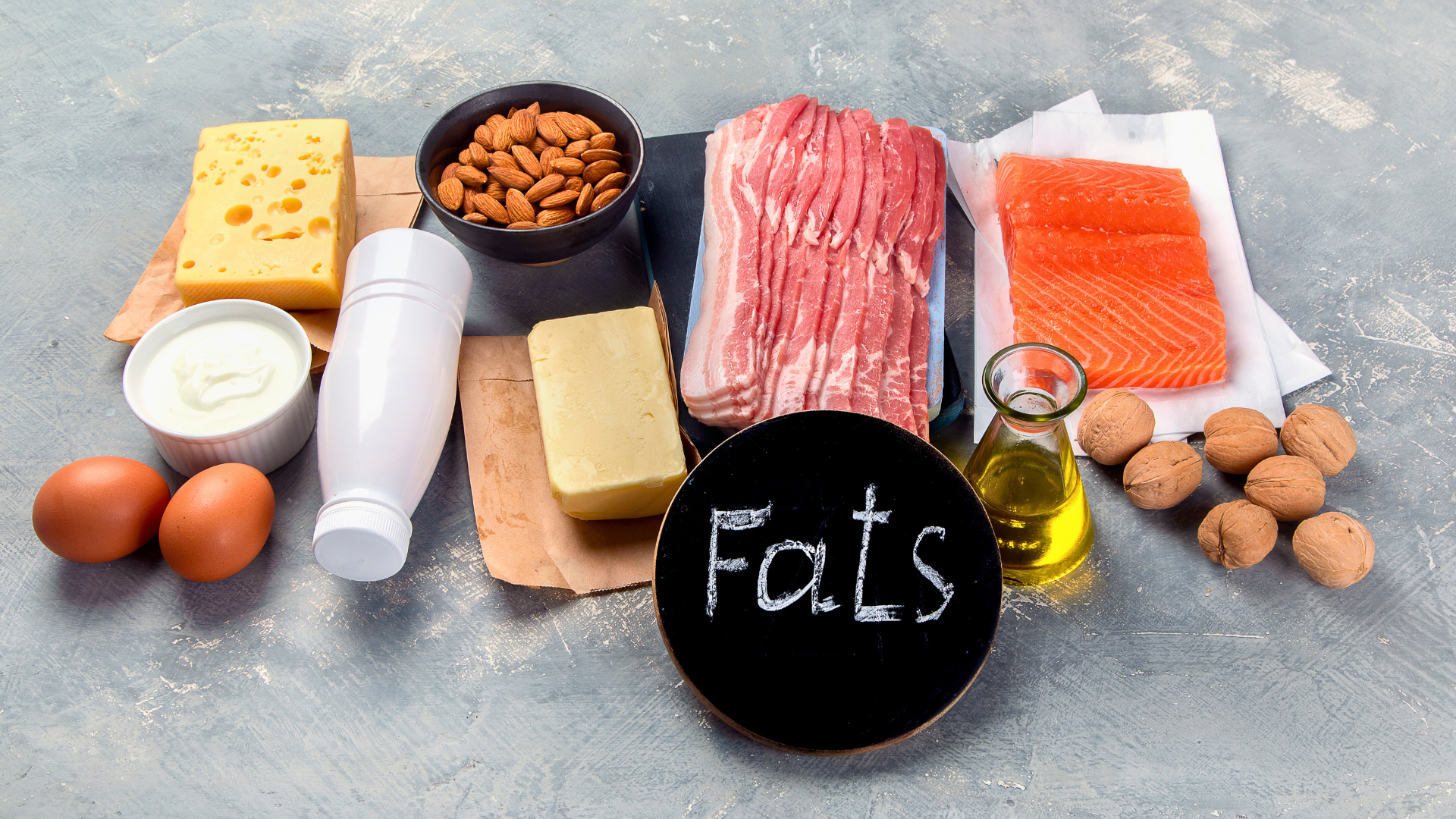The Concept of Energy Balance and Its Implication in Health and Disease
Key Points
- Energy balance implies weight balance (weight maintenance), positive energy balance, weight gain, and negative energy balance weight loss.
- Energy balance comprises two components: energy intake (the food we consume) and energy expenditure (the calories we burn at rest, through exercise, and food digestion)
- Breath analysis, through measuring the volume of oxygen consumption (VO2) and carbon dioxide production (VCO2), is the gold standard method for determining energy balance.
Energy balance is based on the fundamental thermodynamic principle that energy cannot be destroyed and can only be gained, lost, or stored by an organism. It is defined as the state achieved when energy intake equals energy expenditure. When the body is in energy balance, body weight is stable; when the body is in positive energy balance, body weight increases; and when the body is in negative energy balance, body weight decreases. In other words, energy balance practically means weight balance, positive energy balance means weight gain and negative energy balance implies weight loss. This is also known as the calories in/calories out (CICO) rule, where weight loss occurs when the calories consumed are lower than the calories burnt, and weight gain occurs when the calories consumed are higher than the calories burnt. Weight maintenance occurs when the calories consumed are equal to the calories burnt.
To better understand energy balance, let’s delve into its two components: intake and expenditure. Energy intake refers to the calories humans ingest from protein, carbohydrates, fat, and alcohol through consuming foods and drinks. On the other hand, energy expenditure refers to the calories humans expend through the resting metabolic rate (RMR), the thermic effect of food (TEF), and physical activity. RMR is the energy required to fuel the body at rest to maintain vital body functions and homeostasis. RMR accounts for 60-75% of total daily energy expenditure and is proportional to muscle mass, meaning the greater the muscles somebody has, the higher their RMR. TEF refers to the energy required to absorb, digest, and metabolize the food consumed and typically accounts for 8-10% of total daily energy expenditure. Lastly, the energy expended through physical activity, the most variable component of total daily energy expenditure, involves the calories expended through voluntary and non-voluntary exercise, such as postural control and shivering. This is also known as non-exercise activity thermogenesis (NEAT).
Energy intake and energy expenditure are primarily controlled by the central nervous system (CNS). Upon food consumption, smell, taste, and texture inputs are sent to the cognitive and emotional brain, regulating eating behaviour. While food enters the gastrointestinal (GI) tract, physical distension of the stomach creates a satiation signal that is transmitted to the brain to stop eating. Moreover, digested food components such as fatty acids further promote satiation by stimulating short-term satiety hormones, such as cholecystokinin, from GI endocrine cells. Finally, after food consumption has terminated, hormones from the fat tissue (leptin) and the pancreas (insulin) are secreted, further suppressing appetite. The energy balance regulation is not only a short-term but, most importantly, a long-term process. The hypothalamus, a particular brain region, regulates long-term energy balance, thus body weight, by encoding information about total energy availability and reserve in the body.
A chronic positive energy balance caused by a combination of genetic (obesity genes) and environmental (food abundance, low cost of high fat and sugar palatable foods, lack of infrastructure, and motives for physical activity) factors leads to fat accumulation and eventually obesity. Conversely, energy expenditure must exceed energy intake (negative energy balance) to lose weight. However, the magnitude of this negative energy balance is highly debatable, and many theories have been developed over the years. One of the most popular ones is the ‘’3,500 kcal per pound’’ rule used to predict the weight-change time course of a dietary intervention. Specifically, this rule states that it takes a 3,500kcal calorie deficit for someone to lose 1 pound. This rule has been confirmed since it is generally acknowledged that compensatory changes occur with weight change in energy expenditure, rendering this balance more complex than a simple mathematical equation.
The shift of the energy balance towards a lower energy intake relative to the total energy expenditure has a host of distinct biological adaptations, including decreased RMR, reduced NEAT, and altered levels of circulating hormones that regulate appetite (increased levels of orexigenic or hunger hormones such as ghrelin and reduced levels of anorexigenic or satiating hormones such as leptin), known to influence weight loss but even more importantly long-term weight maintenance. The most powerful biological adaptations that occur during weight loss and operate against its continuum are the decrease in RMR and the increase in skeletal muscle activity efficiency, especially during low levels of exercise (previously referred to as NEAT). These adaptations are collectively referred to as adaptive thermogenesis (AT), where the cells in your body, and especially your skeletal muscle cells, burn fewer calories for their activities (mainly NEAT-type activities) per unit of weight compared to what they would normally do, given the hypocaloric environment did not exist. The abovementioned changes are the principal causes of weight loss plateau and complete or partial weight regain. Therefore, since the energy balance constitutes a susceptible mechanism that can easily be disrupted, especially through extreme and improper dietetic practices such as the very-low-calorie diets (VLCD), dieters should always refer to professional dietitians to guide them through this process.
Overweight and obesity arising from a chronic positive energy balance are major risk factors for serious chronic diseases, especially cancer, cardiovascular disease, and type II diabetes. Obesity is a causal factor for many types of cancer, including colorectum, endometrium, kidney, esophagus, pancreas, thyroid, breast, and prostate, among others. Adipose tissue is a metabolically active tissue producing hormones and inflammatory cytokines contributing to increased risk for certain cancers. Moreover, insulin resistance, a hallmark of obesity and a precursor of type II diabetes, causes hyperinsulinemia, which stimulates the production of insulin-like growth factor -1 (IGF-1), resulting in increased cancer risk. Obesity is also a strong risk factor for the development of cardiovascular disease, causing hypertension, hyperlipidemia, and endothelial dysfunction. Weight loss through adopting a healthy, balanced dietary pattern, such as the Mediterranean diet, diminishes the harmful effects of a long-term positive energy balance on the heart and the circulatory system in general.
A positive energy balance is not always unfortunate. Creating an adequate energy surplus is often a prerequisite, especially for lean athletes who attempt to gain muscle mass. The magnitude of this surplus so that the athlete can build 1 kg of skeletal muscle mass has not yet been defined due to inestimable variables such as genetics, age, sex, body composition, and training status. However, since muscle mass accretion through a positive energy balance is also associated with increased fat mass, the general recommendation is a surplus of 350-500kcal per day for an efficient anabolic context. A positive energy balance is insufficient, provided there is no adequate prescription for a resistance training program and adequate protein intake, the most critical macronutrient in skeletal muscle hypertrophy.
RMR, consequently, energy balance can be accurately measured through respiratory indirect calorimetry, which is the gold standard test for measuring energy expenditure. Breath analysis monitors gas exchange, namely the volume of oxygen consumption (VO2) and carbon dioxide production (VCO2) at rest and during exercise. The ratio of CO2 production to O2 consumption is known as the respiratory exchange ratio (RER) and represents fuel oxidation, specifically carbohydrate and fat relative contribution to energy expenditure. During pure carbohydrate oxidation, the amount of CO2 produced equals the amount of O2 consumed (RER=1.0), while during pure fat oxidation, RER equals 0.7. A greater ability to oxidize fat at rest is important for metabolic health, weight management, and body composition, while obese individuals with insulin resistance have impaired fat-burning efficiency. In addition, a high resting RER is predictive of fat mass regain after diet-induced reductions in body weight.
Overall, energy balance is a complex equilibrium with many components that may vary significantly among individuals. This equilibrium implicates complex biological mechanisms such as hormones and neural circuits, the disruption of which can have adverse long-term effects on metabolic health. While a chronic positive energy balance is related to obesity and other severe chronic health issues, it can also be desirable for athletes who strive to gain muscle mass. All people seeking a valid energy balance measurement should undertake breath analysis testing, the gold standard method for measuring energy expenditure, thus determining energy intake and, eventually, energy balance.
References
- Cooney C, Daly E, McDonagh M, Ryan L. Evaluation of measured resting metabolic rate for dietary prescription in ageing adults with overweight and adiposity-based chronic disease. Nutrients. 2021;13(4):1229. DOI: 10.3390/nu13041229
- Hall KD, Heymsfield SB, Kemnitz JW, Klein S, Schoeller DA, Speakman JR. Energy balance and its components: implications for body weight regulation. Am J Clin Nutr. 2012;95(4):989-994. DOI: 10.3945/ajcn.112.036350
- Hill JO, Wyatt HR, Peters JC. The importance of energy balance. Eur Endocrinol. 2013;9(2):111-115. DOI: 10.17925/EE.2013.09.02.111
- Hill JO, Wyatt HR, Peters JC. Energy balance and obesity. Circulation. 2012;126(1):126-132. DOI: https://doi.org/10.1161/CIRCULATIONAHA.111.087213
- Pati S, Irfan W, Jameel A, Ahmed S, Shahid RK. Obesity and cancer: A current overview of epidemiology, pathogenesis, outcomes, and management. Cancers. 2023;15(2):485. DOI: https://doi.org/10.3390/cancers15020485
- Powell-Wiley TM, Poirier P, Burke LE, Després J-P, Gordon-Larsen P, Lavie CJ, Lear SA, Ndumele CE, Neeland IJ, Sanders P, St-Onge M-P. Obesity and cardiovascular disease: A scientific statement from the American Heart Association. Circulation. 2021;143(21):e984-e1010. DOI: https://doi.org/10.1161/CIR.0000000000000973
- Romieu I, Dossus L, Barquera S, Blottiére HM, Franks PW, Gunter M, Hwalla N, Hursting SD, Leitzmann M, Margetts B, Nishida C, Potischman N, Seidell J, Stepien M, Wang Y, Westerterp K, Winichagoon P, Wiseman M, Willett WC. Energy balance and obesity: what are the main drivers? Cancer Causes Control. 2017;28(3):247-258. DOI: 10.1007/s10552-017-0869-z
- Rui L. Brain regulation of energy balance and body weights. Rev Endocr Metab Disord. 2013;14(4). DOI: 10.1007/s11154-013-9261-9
- Slater GJ, Dieter BP, Marsh DJ, Helms ER, Shaw G, Iraki J. Is an energy surplus required to maximize skeletal muscle hypertrophy associated with resistance training? Front Nutr. 2019;6:131. DOI: 10.3389/fnut.2019.00131
An Ounce of Prevention - Hyperion Health Blog




